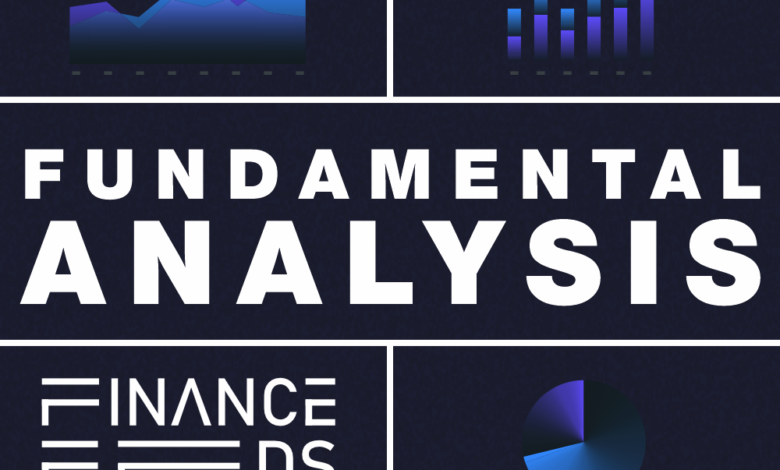Global FX Market Summary: US Dollar Weakness, Mixed US PMI Data 21 February 2025

US Dollar weakened due to disappointing economic data and falling Treasury yields, with jobless claims rising and PMI signalling slowing service sector momentum.
US Dollar Weakness and Market Reactions
The US Dollar (USD) faced heavy selling pressure, driven by disappointing economic data and falling Treasury yields. The US Dollar Index (DXY), which measures the currency against a basket of major counterparts, declined sharply as the weekly Initial Jobless Claims rose to 219,000 from the previous 214,000. Additionally, the benchmark 10-year US Treasury yield dropped below 4.5%, making the USD less attractive to investors. The market remains cautious as traders digest the latest economic reports, including the US Purchasing Managers’ Index (PMI) data, which showed weakening momentum in the service sector, adding to concerns about the economy.
US PMI Data Signals Slowing Economic Momentum
The latest S&P Global PMI data painted a mixed picture of the US economy. The Composite PMI fell to 50.4 from 52.7, signaling a slowdown in overall business activity. While the Manufacturing PMI edged higher from 51.2 to 51.6, indicating continued expansion, the Services PMI unexpectedly dropped from 52.9 to 49.7, slipping into contraction territory. The weaker services data raised concerns about economic momentum, with analysts noting a decline in business confidence due to federal government policies, tariffs, and geopolitical risks. Despite the manufacturing sector’s resilience, the unexpected softness in services activity has fueled market speculation about potential Federal Reserve policy shifts.
Euro and GBP React to PMI Data and Political Events
The Euro and British Pound (GBP) experienced fluctuations in response to economic data and upcoming political events. In the Eurozone, PMI readings from Germany and the broader region remained above 50, indicating ongoing business expansion. However, any dip below this threshold could weaken the Euro. Additionally, Germany’s upcoming general elections on February 23rd may influence market sentiment, with investors possibly booking profits ahead of the event. Meanwhile, in the UK, strong retail sales data provided support for the GBP, but mixed PMI figures created uncertainty. The UK manufacturing sector contracted further, while the services sector showed slight improvement. As a result, the GBP/USD pair saw volatility, with traders adjusting their positions based on economic signals and central bank expectations.
Top economic events for this week:
- February 26, 2025: Monthly Consumer Price Index (YoY) (HIGH, AUD) – This is a high-impact event for the Australian Dollar. CPI is a key measure of inflation, and a significant change can heavily influence the Reserve Bank of Australia’s (RBA) monetary policy decisions, impacting interest rates and the AUD.
- February 27, 2025: Gross Domestic Product (QoQ) (HIGH, CHF) – This is a high-impact event for the Swiss Franc. GDP growth is a primary indicator of economic health. Strong GDP growth can lead to appreciation of the CHF, while weak growth can have the opposite effect.
- February 27, 2025: Gross Domestic Product Annualized (HIGH, USD) – This is a high-impact event for the US Dollar. US GDP is a major global economic indicator. Strong growth generally strengthens the USD, while weak growth can weaken it. This also has knock-on effects for global markets.
- February 27, 2025: Tokyo Consumer Price Index (YoY) (HIGH, JPY) – This is a high-impact event for the Japanese Yen. Similar to the Australian CPI, this is a crucial inflation metric for Japan. Changes can affect the Bank of Japan’s (BOJ) monetary policy and the JPY.
- February 27, 2025: Tokyo CPI ex Food, Energy (YoY) (HIGH, JPY) – This is a high-impact event for the Japanese Yen. This is a core inflation measure, excluding volatile food and energy prices, giving a clearer picture of underlying price pressures.
- February 28, 2025: Retail Sales (YoY) (HIGH, EUR) – This is a high-impact event for the Euro. Retail sales reflect consumer spending, a major driver of the Eurozone economy. Strong sales data can boost the EUR, while weak data can weaken it.
- February 28, 2025: Consumer Price Index (MoM) (HIGH, EUR) – This is a high-impact event for the Euro. This is a key inflation indicator for the Eurozone. The ECB pays close attention to CPI data when making monetary policy decisions.
- February 28, 2025: Consumer Price Index (YoY) (HIGH, EUR) – This is a high-impact event for the Euro. As with the MoM figure, this is a key inflation indicator for the Eurozone.
- February 28, 2025: Harmonized Index of Consumer Prices (YoY) (HIGH, EUR) – This is a high-impact event for the Euro. This is the harmonized version of the CPI, used for comparisons across the Eurozone. It’s another key inflation metric for the ECB.
- February 28, 2025: Gross Domestic Product Annualized (HIGH, CAD) – This is a high-impact event for the Canadian Dollar. Canadian GDP growth is a major indicator of the health of the Canadian economy and can significantly impact the CAD
The subject matter and the content of this article are solely the views of the author. FinanceFeeds does not bear any legal responsibility for the content of this article and they do not reflect the viewpoint of FinanceFeeds or its editorial staff.
The information does not constitute advice or a recommendation on any course of action and does not take into account your personal circumstances, financial situation, or individual needs. We strongly recommend you seek independent professional advice or conduct your own independent research before acting upon any information contained in this article.
2025-02-21 17:16:36
#Global #Market #Summary #Dollar #Weakness #Mixed #PMI #Data #February




